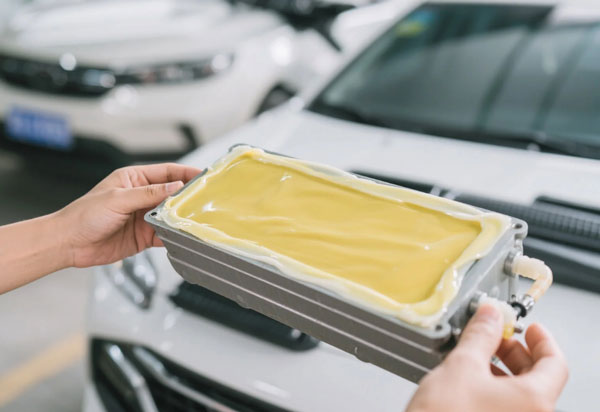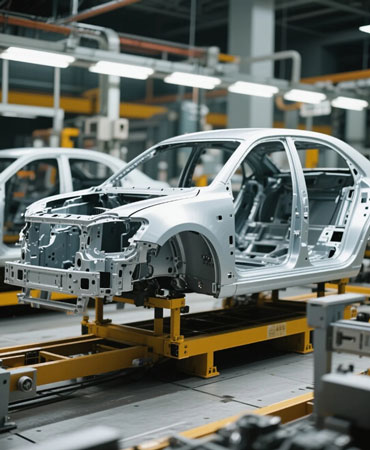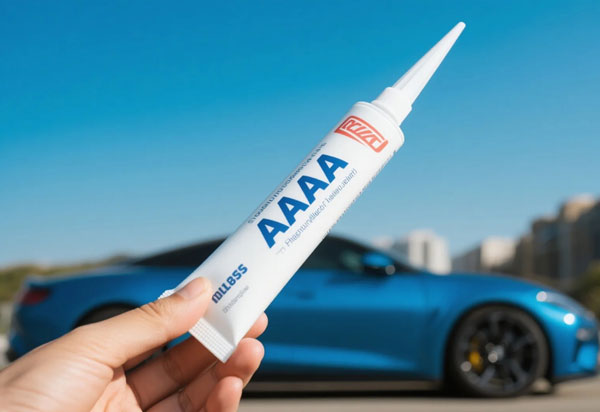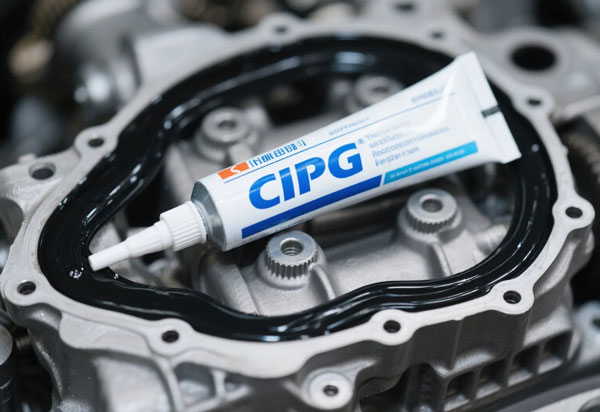 Home / News / Industry News / Analysis of the application of automobile body adhesives in composite body
Home / News / Industry News / Analysis of the application of automobile body adhesives in composite body 2025-08-27
With the rapid development of the automotive industry, lightweight and high-strength vehicle bodies have become a key focus for automakers. Composite vehicle bodies, due to their high strength, low weight, and corrosion resistance, are increasingly being used in new energy vehicles and high-end models. However, composite materials differ significantly from traditional metals in processing and joining methods, placing higher demands on the reliability of vehicle body structures. Therefore, high-performance automotive body adhesives have become a key technology in the design and production of composite vehicle bodies. This article will comprehensively analyze the application of automotive body adhesives in composite vehicle bodies from the perspectives of application scenarios, performance requirements, main types, and development trends.
Composites are typically composed of two or more materials with different properties combined through physical or chemical means. Common examples include glass fiber reinforced plastic (GFRP), carbon fiber reinforced plastic (CFRP), and hybrid composites. In the automotive industry, composite vehicle bodies offer the following advantages:
Lightweight: Composite materials have a low density, significantly reducing vehicle weight, improving fuel efficiency and electric vehicle range.
High Strength and Rigidity: The high strength of carbon fiber and glass fiber composites enables optimized vehicle body structure design.
Corrosion Resistance: Composite materials are resistant to rust, reducing long-term vehicle maintenance costs. Design Flexibility: Composite materials can be molded to meet complex shapes and innovative design requirements.
However, composite materials have limitations in welding and machining, making traditional spot welding and bolting methods difficult to apply. This is why composite body bonding solutions have emerged.
Automotive body adhesives are polymer materials used to bond automotive structural components, panels, and seals. In composite bodywork, their primary functions include:
Structural Bonding: Adhesives firmly bond carbon fiber composites to aluminum alloys or steel to form a single, load-bearing structure. For example, bonding door panels to body frames distributes stress through adhesives, improving crash safety.
Sealing and Waterproofing: Composite bodywork has numerous and complex interfaces. Adhesives fill gaps to prevent moisture and dust infiltration, enhancing overall vehicle durability.
Vibration Damping and Noise Control: Flexible adhesives absorb vibration and shock, reduce driving noise, and enhance ride comfort.
Corrosion Protection: Adhesives form a protective layer at interfaces, isolating air and moisture, reducing metal corrosion, and protecting the composite surface. Through these functions, composite body adhesives not only enhance the structural performance of vehicles but also improve their overall quality and reliability.
Composite body adhesives place higher demands on adhesives, primarily in the following areas:
High-strength bonding: Ensures no debonding or cracking when the vehicle is subjected to stress.
Weather resistance: Adhesives must be resistant to high and low temperatures, UV rays, and humid environments.
Flexibility: Adhesives must be able to adapt to the thermal expansion and contraction, as well as vibration deformation, of composite materials.
Chemical compatibility: Adhesives must be compatible with composite materials and metals or plastics to avoid material performance degradation.
Process adaptability: Adhesives must be suitable for rapid assembly line production and support both room temperature and heat curing.
These performance requirements determine the core role of adhesives in composite body adhesives.
High-end new energy vehicles utilize a large amount of carbon fiber composites, and traditional welding methods cannot meet lightweighting requirements. Typical applications include:
Bonding door panels to body frames: Epoxy resin adhesives distribute stress and improve collision safety. Roof-to-body connection: Polyurethane adhesives provide sealing and vibration damping, enhancing ride comfort.
Front and rear fender-to-body bonding: Acrylic adhesives enable rapid assembly and improve production efficiency.
Through adhesive technology, automakers have achieved a balance between lightweight composite bodies and structural safety and durability.
Future trends in automotive body adhesives for composite bodies include:
High-performance adhesives: Higher strength and toughness to meet the lightweight and safety requirements of composite bodies.
Eco-friendly adhesives: Low-VOC, green adhesives are becoming mainstream, aligning with the sustainable development of the new energy vehicle industry.
Intelligent applications: Automated adhesive application, curing monitoring, and quality tracking are enabled to improve production efficiency and bonding quality.
Multifunctional adhesives: Integrating bonding, sealing, corrosion protection, sound insulation, and even electrical conductivity, simplifying body design and improving performance.
With the widespread use of composite materials in automobiles, the importance of automotive body adhesives is becoming increasingly prominent. By selecting high-performance adhesives and optimizing bonding processes, automakers not only achieve lightweight and high-strength vehicle bodies, but also enhance vehicle durability, sealing, and safety. In the future, with the advancement of materials technology and intelligent manufacturing, composite body adhesives will play an even more critical role in the manufacturing of new energy vehicles and high-end vehicles, providing strong support for the innovative development of the automotive industry.
Polyton specializes in the sales and supply of automotive body adhesives, dedicated to providing reliable bonding solutions for composite bodies and lightweight automotive structures. Whether bonding high-strength structural parts, sealing and waterproofing body interfaces, or providing vibration and noise reduction applications, Polyton's adhesives undergo rigorous weather resistance and compatibility testing to ensure superior performance in high and low temperatures and humid environments. Leveraging advanced R&D technology and a comprehensive quality management system, Polyton is able to meet the diverse needs of new energy vehicles, luxury vehicles, and high-end composite bodywork, providing automakers with stable and efficient production support and helping them achieve lightweight and high-performance vehicle bodies.



